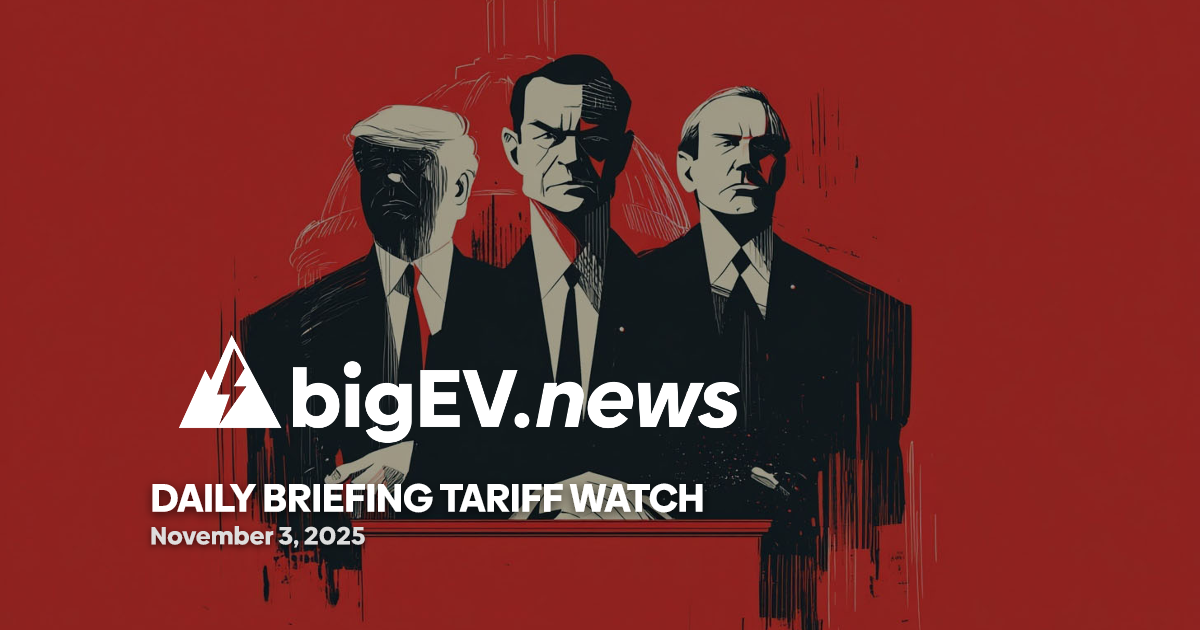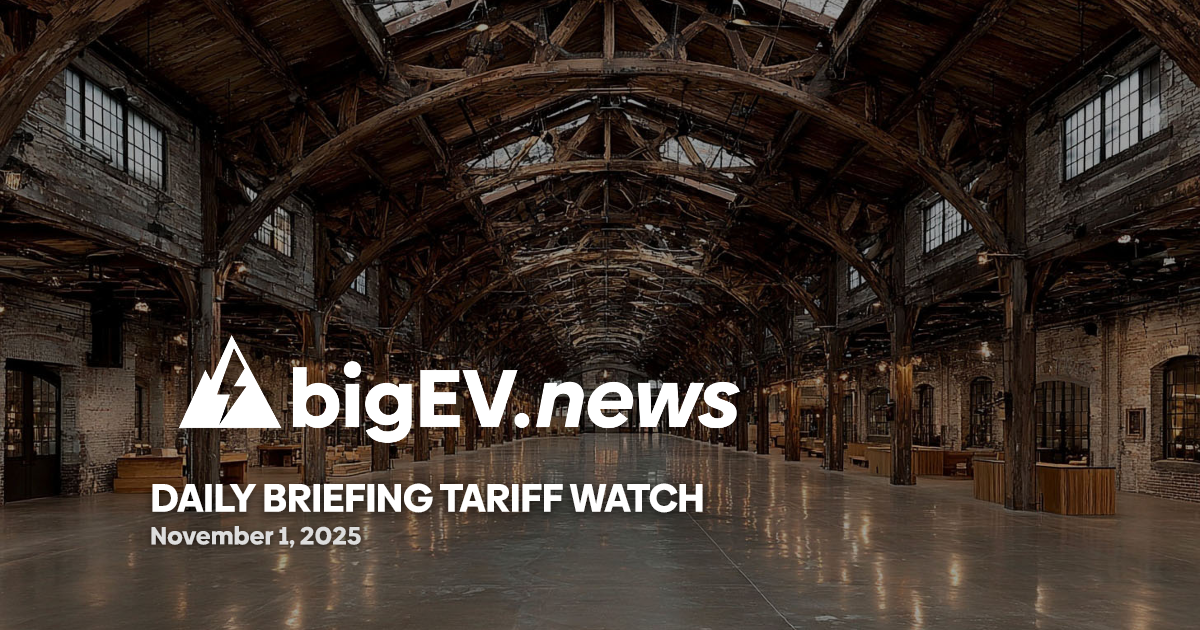Sweeping tariff changes, regulatory actions, and new trade frameworks are redrawing the landscape for U.S. manufacturers, importers, and consumers.
At a glance – The past 24 hours have seen a dramatic escalation in U.S. trade policy, with the federal government suspending the de minimis exemption for low-value imports and imposing new tariffs on key trading partners. Effective immediately, all shipments valued at $800 or less entering the U.S. are now subject to duties, taxes, and fees, eliminating a longstanding cost-saving mechanism for e-commerce and small businesses. This move, combined with the implementation of a 25% tariff on all Indian imports and a 50% tariff on semi-finished copper products, signals a decisive shift toward protectionism and supply chain localization. The policy changes are expected to raise costs for U.S. manufacturers reliant on global inputs and increase prices for consumers, particularly in sectors such as electronics, automotive, and home goods.
Technology advance – In response to the new tariff regime, several U.S. technology and manufacturing firms have accelerated investments in domestic automation and supply chain digitization. Companies are deploying advanced AI-driven logistics platforms to optimize sourcing and inventory management, aiming to mitigate the impact of higher import costs. Notably, a leading U.S. electronics manufacturer announced the rollout of a proprietary blockchain-based system for real-time tariff calculation and compliance, enabling faster customs clearance and improved cost forecasting. These technological adaptations are becoming essential as firms navigate a rapidly evolving trade environment and seek to maintain competitiveness amid rising operational expenses.
Partnerships – The shifting tariff landscape has prompted a wave of new international collaborations and supply chain alliances. U.S. importers are actively seeking alternative sourcing arrangements with countries not subject to the latest tariffs, particularly in Southeast Asia and Latin America. Several major logistics providers have announced strategic partnerships with regional manufacturers to establish tariff-free supply corridors, focusing on critical components such as semiconductors, pharmaceuticals, and automotive parts. These alliances are designed to ensure continuity of supply and minimize disruptions, as companies adapt to the new regulatory realities and diversify away from traditional trade partners facing punitive duties.
Acquisitions/expansions – The latest tariff actions have triggered a surge in domestic manufacturing investments and cross-border acquisitions. U.S. industrial conglomerates are acquiring smaller domestic suppliers to secure critical inputs and reduce reliance on imports subject to new duties. In parallel, foreign companies are expanding their U.S. operations to circumvent tariffs, with several high-profile announcements of new manufacturing facilities in the Midwest and Southeast. These moves are reshaping the competitive landscape, as firms position themselves to capitalize on shifting cost structures and evolving supply chain dynamics.
Regulatory/policy – President Trump’s administration has formalized a sweeping modification of reciprocal tariffs, establishing a new framework for implementing trade deals and adjusting tariff schedules. The latest executive order introduces the “Potential Tariff Adjustments for Aligned Partners” (PTAAP) Annex, which outlines categories of goods eligible for reduced tariffs upon the conclusion of reciprocal trade agreements. The order also expands the scope of products subject to reciprocal tariffs, including certain aluminum, resin, and silicone products, while exempting select critical minerals and pharmaceuticals pending further investigation. These regulatory changes are intended to address the national emergency posed by persistent trade deficits and to reinforce domestic supply chains, but they also introduce significant uncertainty for importers and exporters navigating the new compliance landscape.
Finance/business – The immediate financial impact of the new tariffs and regulatory actions is being felt across U.S. manufacturing and retail sectors. Industry analysts report a sharp uptick in input costs for manufacturers reliant on imported materials, particularly in the metals, electronics, and automotive industries. Retailers are warning of imminent price increases for consumer goods, as the elimination of the de minimis exemption and new duties on Indian and Brazilian imports ripple through supply chains. Meanwhile, financial markets are reacting to the heightened trade tensions, with shares of logistics and manufacturing firms experiencing increased volatility. Executives are calling for greater policy clarity and expedited trade negotiations to restore stability and predictability to global commerce.
Sources: zonos, whitehouse.gov, supplychaindive, reuters, bloomberg, wsj









